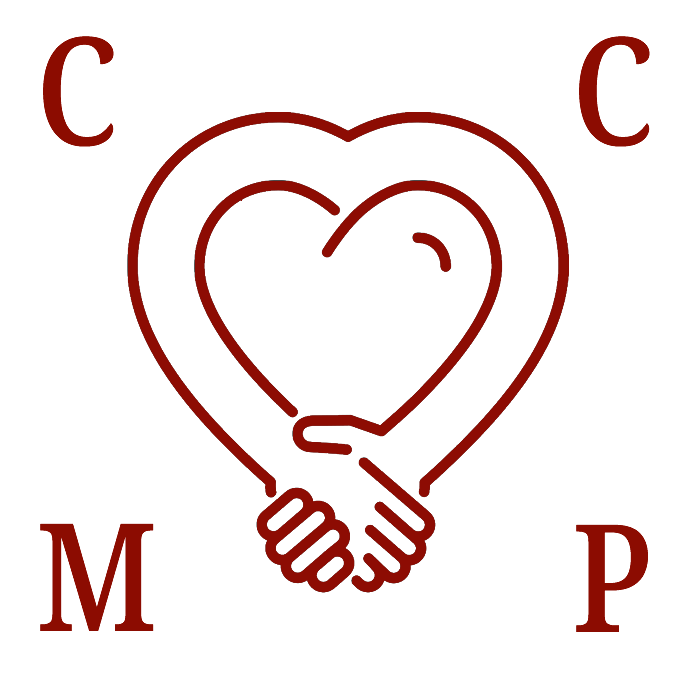The Self-Compassionate Way To Overcome D-anger (Destructive Anger)

The Perils of Business
A while back, I had a conversation with a childhood friend about the perils of business, and wanting to serve the interests of others, while protecting my own. “I don’t have those problems,” she boasted. “I simply run over the people, who get in my way.” The funny thing is that she really is a lovely person. She just has a “take no crap” attitude. I could not help but wonder how my life would be different, if I took issue with every person, who wronged me in some way. Not wanting to offend her, I inquired as neutrally as possible, “How does it affect your time?”
D-Anger
Her answer stunned me. She said that it occupied much of her time. It is also costly. She has as many as three massage appointments a week to undo related muscle tension. “It’s the price of doing business,” she quipped. As her final words settled into my brain, I had an epiphany. A person with a life path full of knots, much like a pretzel, will only be able to venture out so far before circling home to attend to their wounds. There is something very dangerous about anger that leads to confrontation or destruction. It becomes the focal point of one’s life. The rest of our time is spent trying to cure the pain it causes; a sharp reminder that d-anger is one part destruction, and one part anger.
Confrontation Or Rejection
There are two common responses to frustration and anger: confrontation or rejection. People, who always confront others are consumed by it, and, in time, it defines them. Perhaps, people respect them, but they also avoid them. If you walk quietly and carry a big stick, people might not see you coming, but they will also associate you with the stick. People, who reject or release their frustration or anger immediately appear to be very calm people, but are secretly very angry, and easily triggered by the anger of others. It is actually impossible to reject or immediately release a feeling that comes up naturally. It’s an evolutionary mechanism that exists to warn us about a pattern of danger and neglect. Those choosing to ignore this emotion in the past likely suffered several times before finally encountering an unhappy ending. Hence, the reason that anger comes up naturally, and avoiding it does not.
Self-Compassion
It is clear that neither confrontation nor rejection is a solution to the stresses that come with anger or frustration. So, we turn to a third possibility: Self-Compassion. Self-Compassion has five essential steps leading you from identification of what causes you discomfort to compassionate understanding, and finally to compassionate action.
If you skip these steps, and generalize the term to mean, “being nice to myself,” your actions will, at best, provide a temporary escape from discomfort, and will guarantee at least as much trouble with these particular feelings the next time they come up. Simplifying self-compassion to “being nice” would be akin to describing your duties as a jet pilot by stating that you “go up in the air.” It gives people a sense of the outcome without the means to get there. I want you all to have the opportunity to have real self-compassion. It takes some effort, but it also leads to happiness. Before you begin these steps, decide to commit to them with the knowledge that you spend so much time on actions that promise happiness without ever delivering, and that these steps both promise and deliver.
First, notice the bodily sensations that are coming up with this feeling. Where in your body are you feeling the most tense? Now, you are in the present moment with the ability to act on your experience in an empowering way. Second, name the feeling. This focuses our mind on the challenge at hand, and allows us to witness the hurricane of co-occurring thoughts without getting lost in them. Third, ask yourself if you can make space for this feeling. By avoiding our thoughts, we give them great power. Permitting ourselves to be present to these thoughts makes them less scary, and gives us courage.
Fourth, notice how you come by this experience unintentionally like so many other people. This step reminds you that you are never alone with your problems, and lets you gather energy from this combined effort and self-support (a great replacement for self-criticism). Finally, you need to ask yourself how you can be kind to yourself. This is essentially an inquiry into how you can manage the emotion in a way that helps you feel empowered and at ease now and in the future. This whole process will take you about five minutes. This is less time than a single commercial break, and this can change your whole life.
Click here for more information on self-compassion psychology.
365 Days Of Self-Compassion. Day 266. In The Books.
